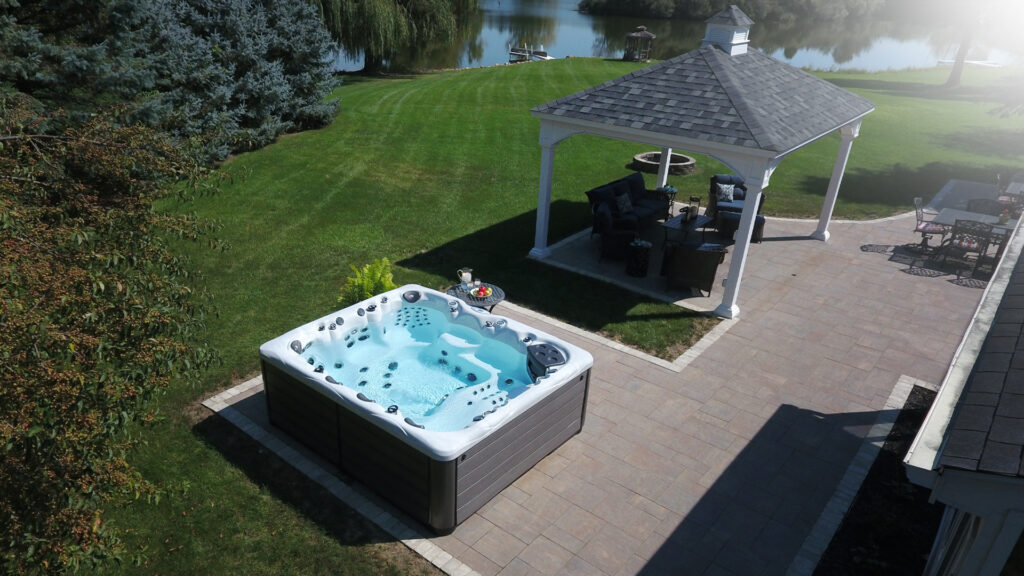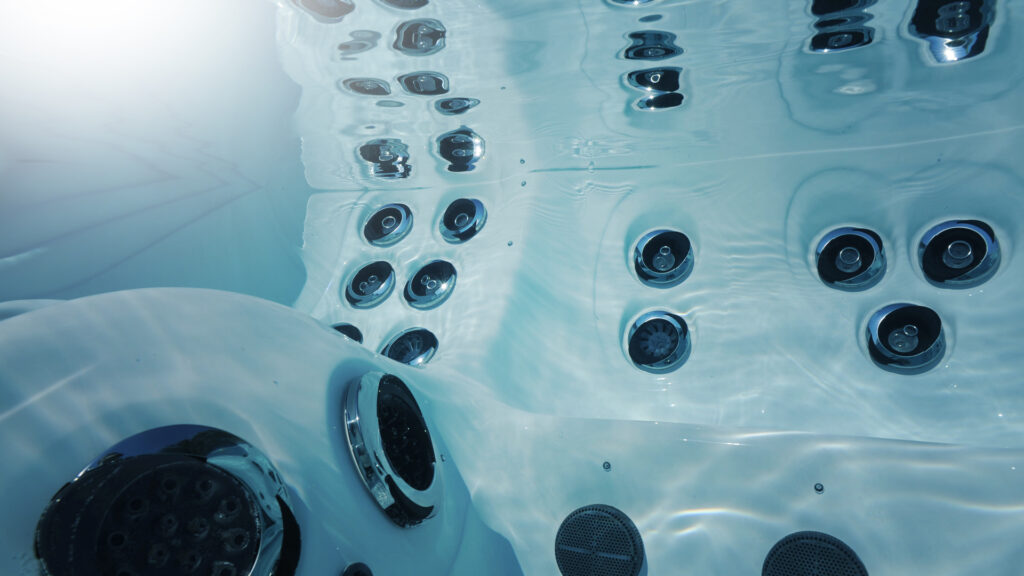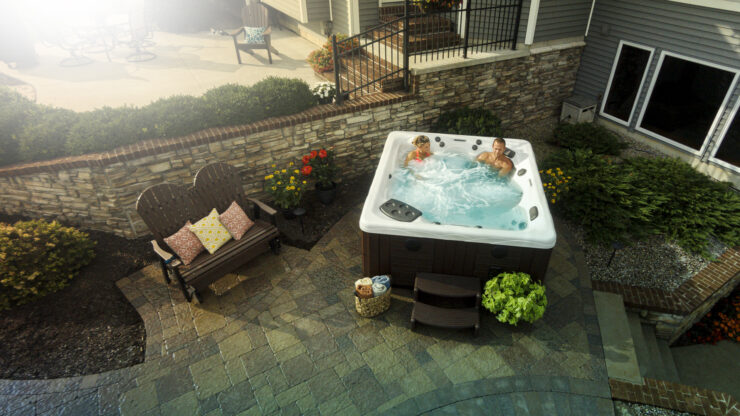One of the most perplexing things about COVID-19 is how the virus can affect people so differently. Some people might have mild symptoms that disappear in a few days or weeks. Others battle the virus for weeks or months.
Statistics show that at least 33 million Americans have had COVID-19. A U.K. study reports that 1 in 20 who have had the virus experience persistent symptoms. In that study, about 6% of respondents said they had at least one symptom after 12 weeks.
When symptoms linger, it’s considered to be long-haul COVID. According to the Mayo Clinic, persistent symptoms of COVID include fatigue, joint pain, muscle pain, depression, and worsened symptoms after physical or mental activities.
Health care professionals are trying to find the best treatment options for long haul COVID. Just as symptoms and severity vary from person to person, so can the treatment. But “evidence indicates that holistic support for the patient throughout their illness course can be beneficial.”
A holistic approach can include mental health counseling, exercising as one is able, and finding pain management options. Taking steps to reduce stress and improve quality of life can go a long way in recovering from the effects of long-haul COVID.
Hot water therapy and spas have been used for thousands of years to help mitigate stress, joint pain, and more. Soaking in a hot tub can complement traditional therapies to manage long-haul COVID symptoms or simply take time for yourself during such a stressful time.

Long-haul COVID and joint pain
COVID-19 is considered to be a respiratory illness, with the virus attacking the respiratory tract. Many of the symptoms affect the respiratory system, such as coughing, shortness of breath, sore throat, congestion, and loss of smell or taste.
So how does the virus cause joint pain?
Several studies, including one from Northwestern University, show that the virus can cause inflammatory arthritis. COVID-19 can cause the body to attack itself, and the result is joint inflammation and pain.
About 15 percent of patients report having joint pain. The discomfort can be in the hips, knees, shoulders, wrists, and other joints. COVID-19 is not the only virus that can cause inflammatory arthritis. Other viral infections and autoimmune conditions can cause pain in the joints.
If you have joint pain as a result of COVID-19, it’s important to seek medical care. Medication and other interventions can help reduce pain and improve mobility.
There are complementary therapies, though, to consider such as exercise, physical therapy, and heat.

Joint pain and hot tubs
It can be hard to do the things that you love when it hurts to move your body. Joint pain not only affects your physical health but mental well-being as you struggle to maintain your quality of life.
This joint pain and change in how you move day to day can be especially challenging for people with long-haul COVID. They might not be used to stiff joints or avoiding events if there’s a lot of physical activity.
However, warm water therapy has been shown to improve the signs and symptoms of joint pain in people with arthritis. (“Arthritis is the swelling and tenderness of one or more joints. The main symptoms of arthritis are joint pain and stiffness, which typically worsen with age.”)
How does warm water, like soaking in a hot tub, help with joint pain?
Heat is a common treatment for pain. Instead of putting a hot water bottle or heating pad on your knee, you can soak with the warmth surrounding you. The warm water will not only relieve pain but has been said to change the way that you experience pain while soaking.
A study in the Archives of Rheumatology, attributes the benefits of warm water therapy to the mental and physical relaxation, as well as the change of scenery, absence of housework or other chores, and a stress-free environment.
It’s more than that, though.
Soaking in a hot tub can improve circulation, which can help reduce inflammation in the joints. The blood vessels dilate and the blood begins to move more freely. The result is improved mobility and flexibility, which one can enjoy hours after getting out of the hot tubs.
Depending on the location of the joint pain, you can take advantage of the hydrotherapy jets in the hot tub. Strategically placed jets can “knead away” pain in the hips or target your shoulders.
Hot tub exercise for joints
An important part of reducing joint pain might surprise you. If you are struggling with stiffness in your knees, hips, or shoulders, it’s important to keep moving. Yes, it hurts to move. However, being inactive can lead to more stiffness and pain.
Warm water exercise can help manage and improve joint pain for people with conditions like arthritis and long-haul COVID-19. While a swim spa or heated pool might be the preferred space for warm water exercise, you can also stretch and move around the hot tub to reduce stiffness and discomfort in the joints.
Among the exercises that you can do in your hot tub are stretches that target the hips and quads; leg lifts and circles; shoulder stretches; and seated bicycling.


